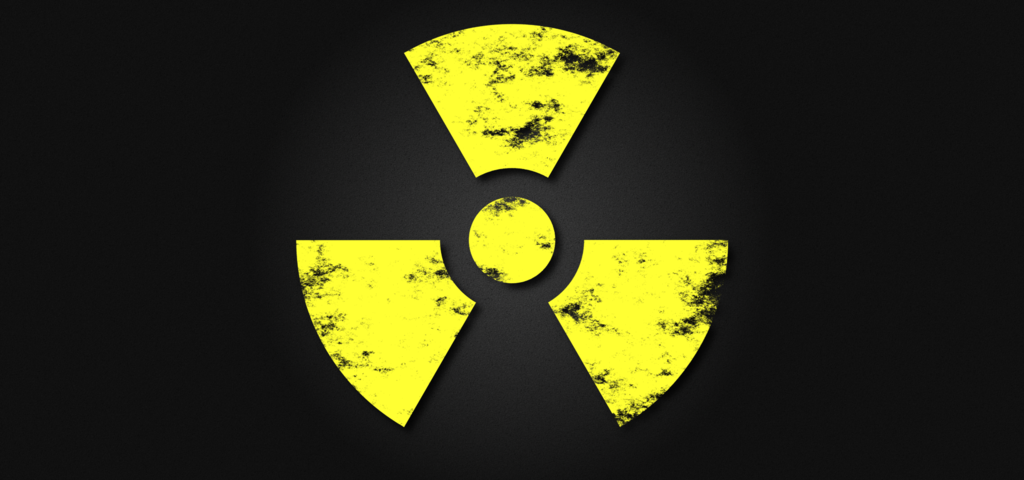The environment, from the infinity of cosmos to the level of organisation in living matter, is crossed by a web or radiations of various energies/ wave lengths and effects. The majority of radiations originate in the natural environment, of which the most important source is the Sun. In the emergence and evolution of the living matter, caloric (infrared), light, ultraviolet and ionising radiations are considered to have been of most importance.
Radiations provide the energy needed for important changes, as well as for balance in nature, not excepting the contribution to terrestrial climate.
Humans live in a complex environment, continuously under the impact of several physical agents, of which light, sound, and ionising radiation are paramount.
Our living environment contains natural sources of radiation, that have existed on the planet for billions of years. To these, in the past hundred years, humans have added the artificial sources created in their activity.
Biological functions cannot be conceived of without the key contribution of radiations, and the environmental media could not be used if it weren’t for the radiations. Some radiations are the way in which cosmic energy is transferred and transformed into living matter in photosynthesis, generating oxygen, and thus opening the cycle of biological movement.

